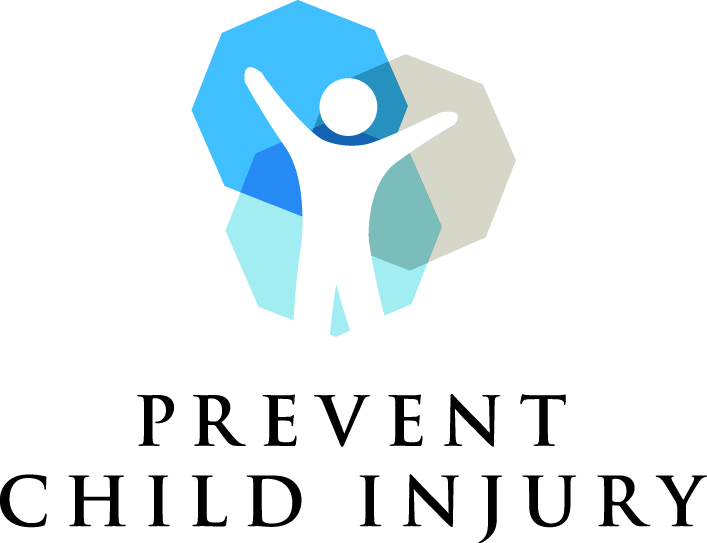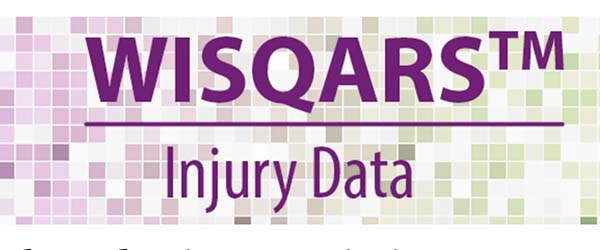Outreach
Briefs and Toolkits
Briefs and toolkits allow us to take evidence from science and put it into action. Whether it’s a summary of the latest science for policy makers, a fact sheet for a community leader, or useful information for the general public, you can find it here.
And check out our Podcasts & Webinars or Visual Abstracts pages for other ways to learn about injury science.
Toolkits
Remembering When
An older adult fall prevention toolkit from the University of Iowa Injury Prevention Research Center
Details
The University of Iowa Injury Prevention Research Center has recently released a toolkit titled “Establishing a Community-Engaged Network to Refer Older Adults to Falls Prevention Programming” — this toolkit was prepared for community organizations interested in developing an infrastructure to actively refer older adults to falls prevention programs in their communities. It contains background on addressing falls, resources for prevention programs, research findings, and details on how community organizations can develop and sustain a referral infrastructure that engages and supports independent older adults in falls prevention programming in their communities
Firearm Injury and Death Prevention Strategies
3 toolkits from the Harborview Injury Prevention & Research Center
Details
In support of Gun Violence Awareness month, Harborview Injury Prevention & Research Center’s Firearm Injury & Policy Research Program (FIPRP) has created a new interactive toolkit on firearm injury and suicide prevention strategies. The interactive toolkit details three interventions available to protect yourself and loved ones from firearm injury or suicide:
-
Firearm Safe Storage provides an effective way to keep you and your family safe. The toolkit includes an interactive map made to help people in crisis identify temporary firearm storage options outside the home.
-
Extreme Risk Protection Orders (ERPOs) allow families or law enforcement to petition a judge to restrict individual possession and purchase of firearms using a civil order.
-
Voluntary Waiver of Firearm Rights (Voluntary Do-Not-Sell) let people voluntarily and confidentially restrict immediate access to firearm purchase.
Preventing Child and Adolescent Injury
A library of toolkits from Prevent Child Injury, searchable by age and location
Details
EveryStat
A tool to view statistics on the impact of firearm injury and violence in the United States, from Everytown for Gun Safety
Details
Everytown seeks to improve our understanding of the causes of gun violence and the means to reduce it – by conducting groundbreaking original research, developing evidence-based policies, and communicating this knowledge in the courts and the court of public opinion.
CDC’s WISQARS™
An interactive, online database that provides fatal and nonfatal injury, violent death, and cost of injury data from a variety of trusted sources
Details
CDC’s WISQARS™ (Web-based Injury Statistics Query and Reporting System) is an interactive, online database that provides fatal and nonfatal injury, violent death, and cost of injury data from a variety of trusted sources. Researchers, the media, public health professionals, and the public can use WISQARS™ data to learn more about the public health and economic burden associated with unintentional and violence-related injury in the United States.
Briefs
Suicide Deaths Fact Sheet
From the Pennsylvania Department of Health
Details
Published by the Pennsylvania Department of Health, this two page fact sheet summarizes details about suicide deaths in Pennsylvania during 2018. To create this, the Pennsylvania Violent Death Reporting System (PAVDRS) collected death certificate data about 2,017 suicide deaths (1,413 males and 438 females) from all 67 counties in 2018, as well as reports from coroners/medical examiners and law enforcement partners in 29 counties.
National Violent Death Reporting System (NVDRS) Following Nationwide Implementation
The Safe States Alliance’s review of the history, successes, and challenges of the NVDRS
Details
The Safe States Alliance is a non-profit organization and professional association whose mission is to strengthen the practice of injury and violence prevention.
To prevent violent deaths, Congress established the National Violent Death Reporting System (NVDRS). The NVDRS is a surveillance system designed to collect information on the “who, when, where, and how” surrounding violent deaths. NVDRS is the only state-based surveillance system that pools more than 600 unique data elements from multiple sources.
This report reviews the the history, successes and challenges of this system.
Preventing Unintentional Firearm Injury & Death Among Youth: Examining the Evidence
A report from the CHOP Policy Lab and Center for Violence Prevention
Details
Lowering the Barriers to Medication Treatment for People with Opioid Use Disorder
PISC Senior Scholars, Shoshana Aronowitz, PhD and Margaret Lowenstein, MD, are authors of this brief from the Penn Leonard Davis Institute of Health Economics (LDI) and the Center for Health Economics of Treatment Interventions for Substance Use Disorder, HCV, and HIV (CHERISH).
Details
Overdose deaths have reached unprecedented levels in the U.S., despite effective medications to treat opioid use disorders (OUDs). Because the regulatory and administrative barriers to treatment are high, only about 11% of people with OUD receive effective medications, which include buprenorphine, methadone, and naltrexone. In response, clinicians and advocates have looked to a “low-threshold” approach that reduces the stigma surrounding effective medications and facilitates their use. This brief summarizes the barriers to treatment, the evidence on the low-threshold approach, and areas for future research. The evidence suggests that low-threshold approaches can increase access to treatment, with outcomes comparable to high-barrier, standard care. Policymakers, providers, and payers should lower the barriers to medication treatment through regulatory flexibility (including telehealth prescribing), and harm reduction strategies that de-emphasize abstinence and place a priority on initiating or re-initiating treatment whenever and wherever individuals are ready to do so.





